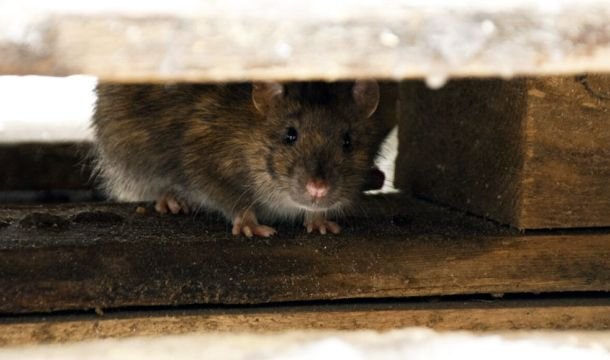Can Bed Bugs Jump?
No, bed bugs can’t jump. Unlike fleas, which have jumping abilities, bed bugs exclusively crawl. Their flat and elongated bodies help them access tight spaces, making it easy for them to hide. They typically travel by hitching rides on clothing, luggage, or secondhand items, so you may unknowingly bring them home. During the night, they feed on humans while we sleep. Awareness of their non-jumping behavior is essential for preventing infestations. If you’re interested in effective management and control strategies, there’s more to explore about handling these pests.
Understanding Bed Bug Mobility
When understanding bed bug mobility, it is essential to recognize how these pests navigate their environment. Unlike many insects, bed bugs don’t jump or fly; they rely solely on crawling to move around. Their bodies are flat and elongated, allowing them to squeeze into tight spaces between furniture, walls, and bedding. This adaptability considerably enhances their ability to hide and evade daily detection.
Bed bugs often travel by hitching a ride on clothing, luggage, or secondhand items, making it easy to infest new locations without anyone realizing. Once they’ve arrived in a new environment, they seek out human hosts to feed on, typically at night when their victims are asleep. The ability to cling tightly to surfaces aids their mobility, allowing them to traverse various terrains easily.
Understanding these behaviors is essential for prevention and control. By recognizing how bed bugs move, you can take proactive measures, such as inspecting new items and maintaining cleanliness in your living space. Awareness of their mobility can help you minimize the risk of an infestation and guarantee a more comfortable living environment.
Bed Bugs Do Not Jump
Unlike many other pests, bed bugs don’t possess the ability to jump or fly, which is a common misconception. This characteristic sets them apart from other parasitic insects like fleas, which can leap significant distances relative to their size. Bed bugs are wingless and, as a result, rely solely on crawling as their mode of transportation. This limitation affects their movement patterns and behaviors.
Crawling allows bed bugs to navigate their environments in search of hosts, typically at night. Despite their inability to jump, bed bugs are adept at hiding and can easily cling to surfaces, making them challenging to detect. Their small size enables them to access tight spaces, such as seams in mattresses or cracks in furniture, facilitating their stealthy lifestyle.
While they may not jump or fly, bed bugs can still travel long distances by hitching rides on clothing, luggage, or secondhand items. This behavior contributes to their spread in homes and public places. Understanding that bed bugs do not jump can help you better assess the risks and take appropriate precautions to prevent infestations.
How Bed Bugs Get Around
Despite their inability to jump or fly, bed bugs have developed effective strategies for moving from one location to another. Their primary method of transportation is crawling, and they excel at hitchhiking. You might not realize this, but bed bugs can easily cling to clothing, luggage, or other items, allowing them to travel undetected to new environments.
When you return from a trip or buy secondhand goods, you could inadvertently introduce bed bugs into your home. Their small size makes them difficult to spot, and by the time you notice them, an infestation may have already begun. They often remain hidden in dark crevices, such as the seams of luggage or inside furniture, waiting for the right moment to emerge and feed.
Furthermore, bed bugs are adept at traversing various surfaces, including carpets and wood, which enhances their ability to spread. Once established, they reproduce rapidly, compounding the problem. To mitigate the risk, inspecting your belongings after travel, cleaning your luggage thoroughly, and examining any new items before bringing them inside is vital. Awareness and vigilance are key to preventing their spread.
Effective Solutions for Bed Bugs
Finding effective solutions for bed bugs requires a strategic approach to eliminate these persistent pests. First, you should confirm the infestation by looking for signs like bites, shed skins, or dark spots on bedding. Once you’ve identified bed bugs, act quickly; the longer you wait, the worse it can get.
Start by decluttering your space to reduce hiding spots. Wash all bedding, clothing, and fabric items. Vacuum your home thoroughly, focusing on seams, cracks, and crevices where bed bugs tend to hide. After vacuuming, seal the vacuum bag and dispose of it outside your home.
For more extensive infestations, you might need professional bed bug extermination service such as Pest Solution Services. Our team can provide custom specialized treatments which are, often more effective than DIY methods. Consider using mattress encasements to trap any remaining bugs and prevent new ones from infesting your bed.
Finally, maintain vigilance by regularly inspecting your home and luggage after travel. Following these steps can effectively tackle a bed bug problem and minimize the risk of future infestations.


